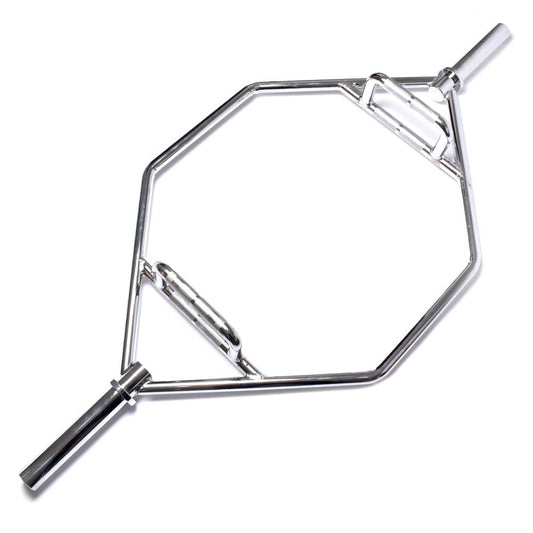Deadlifts are some of the most prevalent, although inherently risky and dangerous, strength training exercises out there. Lifting a heavily loaded barbell, if done with the improper technique could put extreme strain on the back, and could potentially injure you in this manner. This is why most gym goers either advise newcomers to try other, easier strength training exercise methods, or to really get the fundamental technique of it down before attempting it with any significantly heavy weights. Power racks have also been made to aid with this. However, be that as it may, there is still some amount of risks involved, be it in dropping the barbell, or positioning your back a tad too arched as you lift the barbell. However, certain tools, such as the trap bar, also known as the hex bar due to the nature of its hexagonal shaped centre, have been made specifically to make the deadlift both an easier and safer endeavour to take on.
The difference in characteristics between the standard barbell come mainly in the shape of their centres. For the common barbell, it is just a piece of straight metal that you load weight onto either side on. This makes carrying it a risk as it will assure that the weight always gravitates toward either in front of or behind where you are carrying it. However, the hex bar or trap bar is made with a hexagonal shaped centre that athletes are meant to step into. They are to hold onto the straight bars that jut out of the two opposite sides of the hexagon and attach weight to those sides, essentially meaning that the barbell can now be carried from your centre of gravity, giving you significantly greater ease and safety than ever before.













